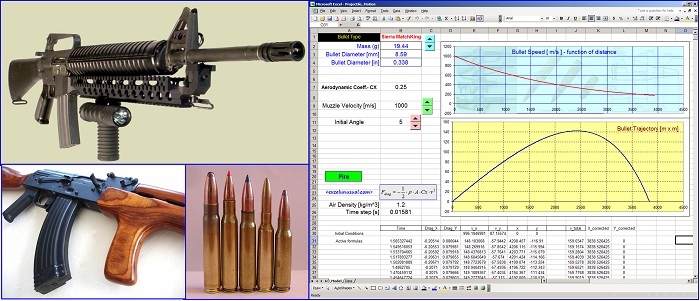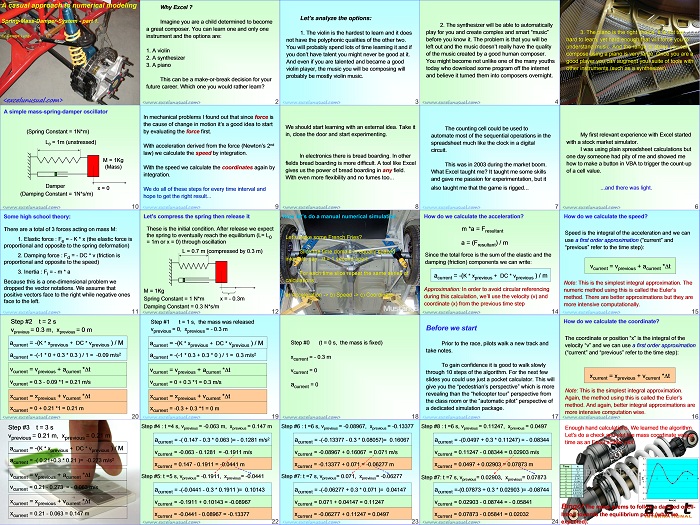This is a basic tutorial about implementation of a standard Fourier transform model in Excel. It is not an introduction to Fourier analysis. You could choose to familiarize yourself with the subject before proceeding with this tutorial. Solving a few Fourier transform excersises would be of help too. Essentially, this part shows you how to adapt the general Fourier formula for a continuous real… Read More... "Spectral Analysis – a Fourier transform tutorial – part #1"













